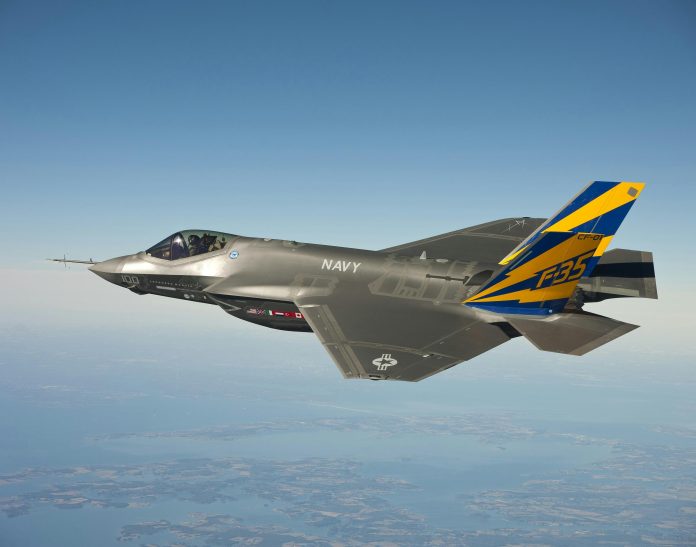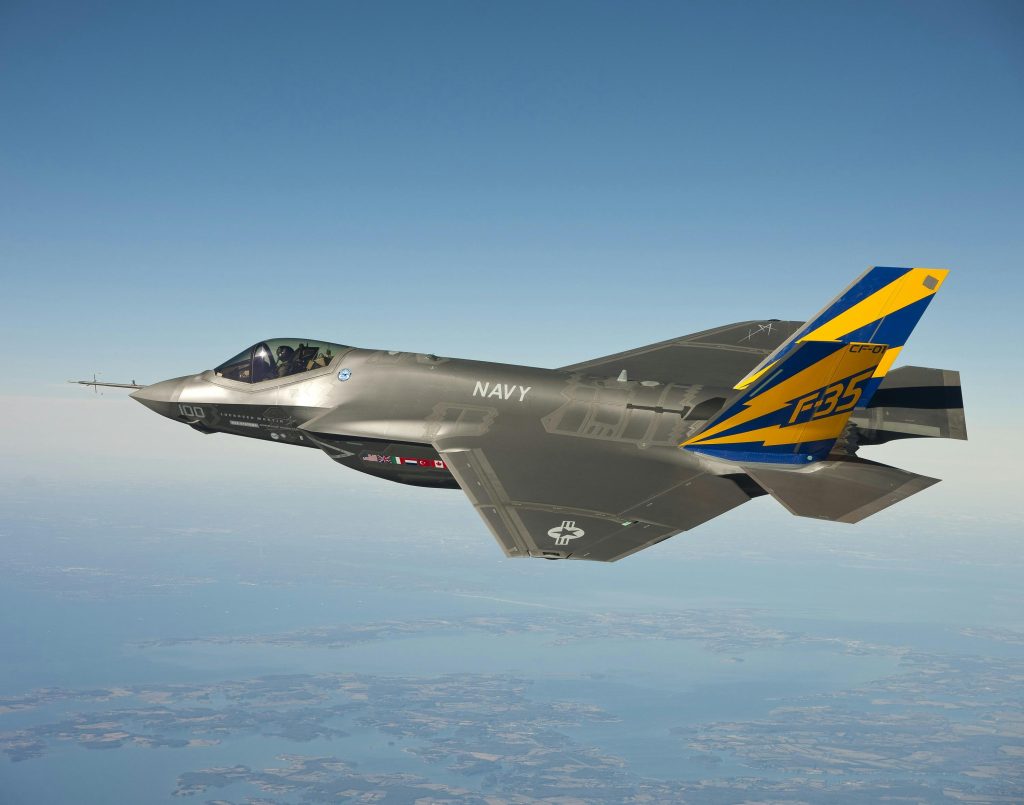
Eleven dead in a blazing explosion off the coast that was the photo President Donald Trump decided to send out as evidence of his fresh tough-talking strategy for battling narcotics in the Caribbean. Days later, the United States deployed 10 F-35 Joint Strike Fighters to Puerto Rico, reflecting a ramping up of an operation as much geopolitics as it is counter-narcotics.
The deployment is against a background of increasing tension with Venezuela. Naval task groups, amphibious assault carriers, and cutting-edge surveillance planes are already deployed, with Caracas retaliating in military exercises and aggressive language. This listicle deconstructs the most significant elements in the operation ranging from the assets involved to the strategic risks to give an unobstructed view of an unfolding standoff.
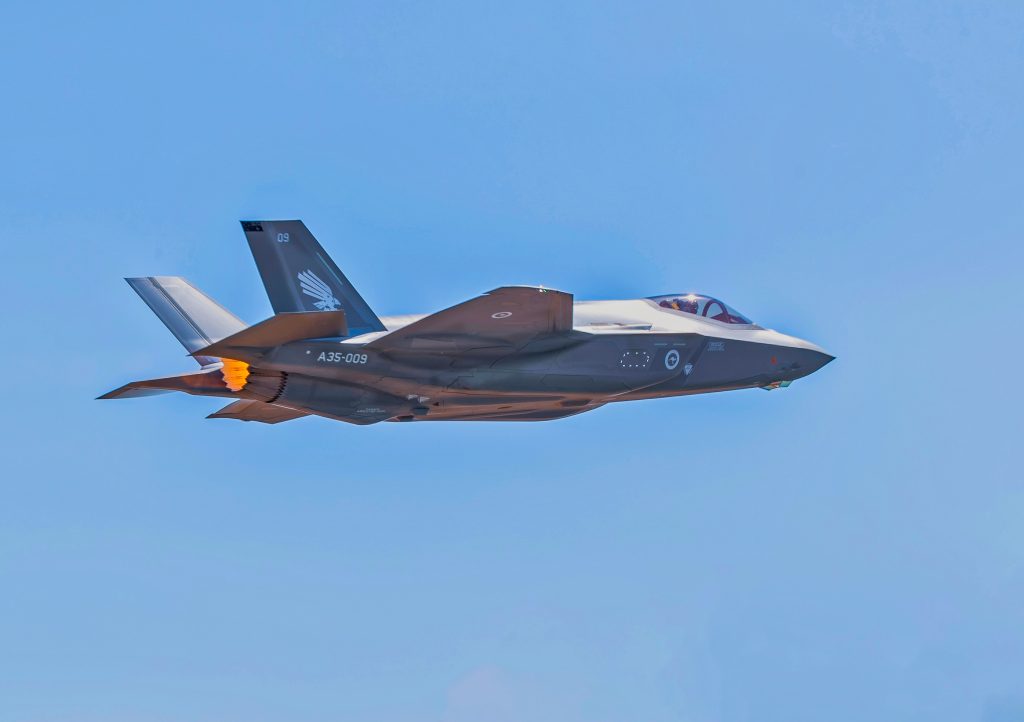
1. The Strategic Value of F-35s in the Caribbean
The deployment of 10 F-35 Joint Strike Fighters to Puerto Rico provides a stealth and intelligence-gathering element to the American presence. While their kinetic capabilities air-to-air engagement and precision firepower are familiar, the airplane’s high-performance radar, electro-optical targeting, and electronic intelligence systems render them potent reconnaissance vehicles.
These jets would be able to monitor Venezuelan air traffic, follow maritime traffic, and provide targeting information to naval units. Their deployment indicates that Washington is willing and able to project power quickly and maintain operations across a large area, an ability that would deter both cartel networks and state actors.
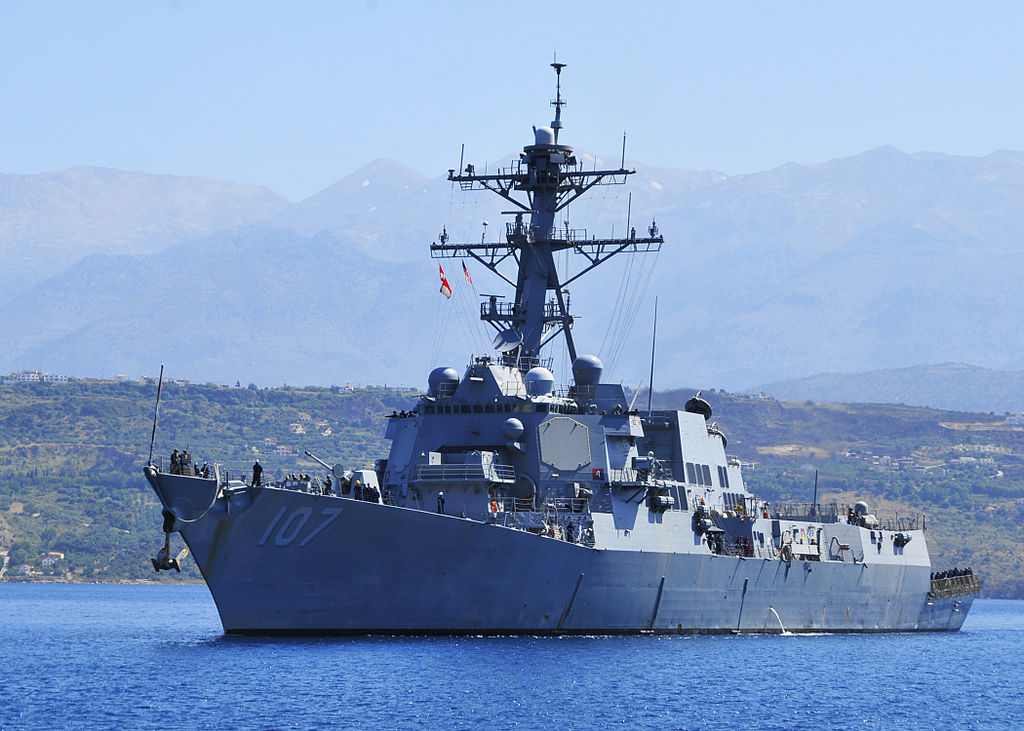
2. A Naval Armada Positioned for Multiple Missions
The F-35s are part of a significant naval fleet that consists of at least eight warships, a submarine, and amphibious assault ships. Missile defense and strike are provided by the Arleigh Burke-class destroyers USS Gravely, USS Jason Dunham, and USS Sampson, while long-range Tomahawk coverage is provided by the Ticonderoga-class cruiser USS Lake Erie.
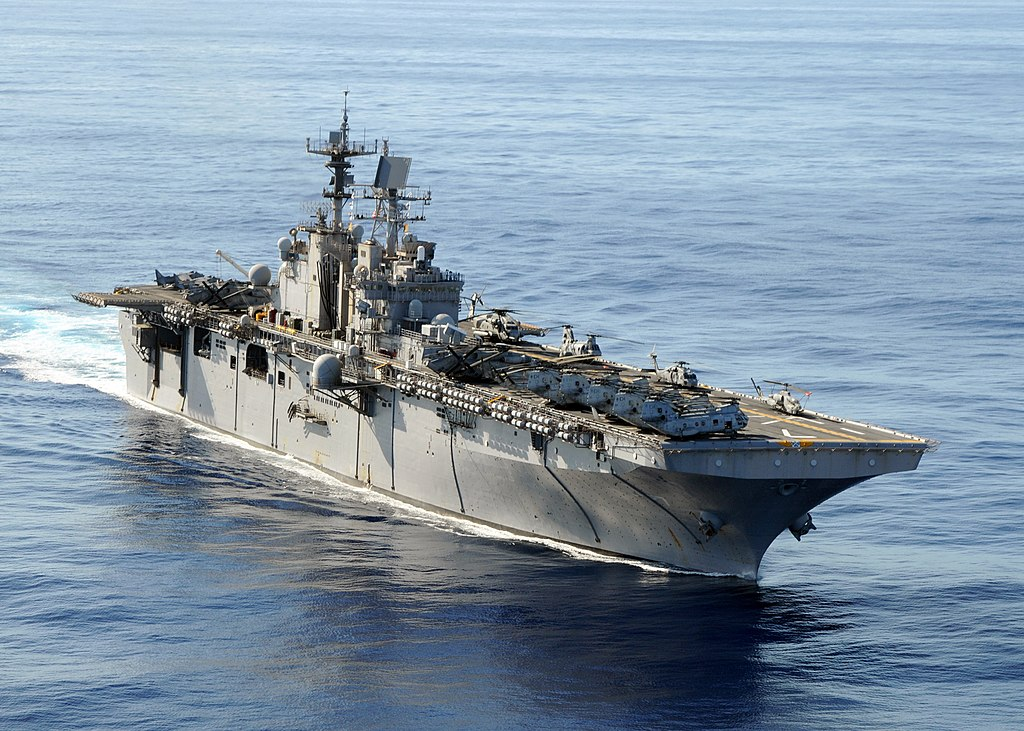
The USS Iwo Jima, which serves as the leader of the Iwo Jima Amphibious Ready Group, transports Marines of the 22nd Marine Expeditionary Unit, MV-22B Ospreys, and AV-8B Harriers. San Antonio-class ships USS San Antonio and USS Fort Lauderdale are capable of launching hovercraft for amphibious assault. This combination of platforms allows for quick transitions between counter-narcotics patrols, humanitarian aid missions, and intense combat.
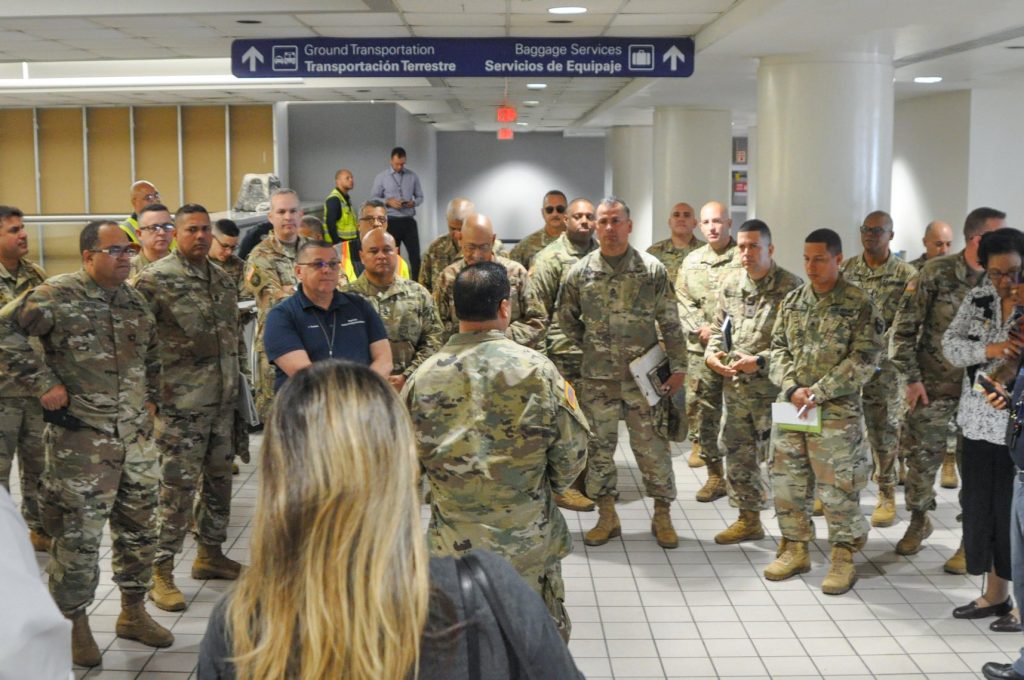
3. Amphibious Training in Puerto Rico’s Difficult Terrain
ff the south coast of Puerto Rico, 22nd MEU Marines and sailors are participating in amphibious landing training. The command has stressed that the tropical climate and varied landscape of the island are perfect for honing skills in patrolling, reconnaissance, and survival skills.
The training further enhances relationships with the Puerto Rican National Guard and utilizes local facilities for jungle training and combined exercises. The drills are not only normal readiness exercises; they replicate environments in northern Venezuela, highlighting the dual purpose of the location for both counter-drug and contingency missions.
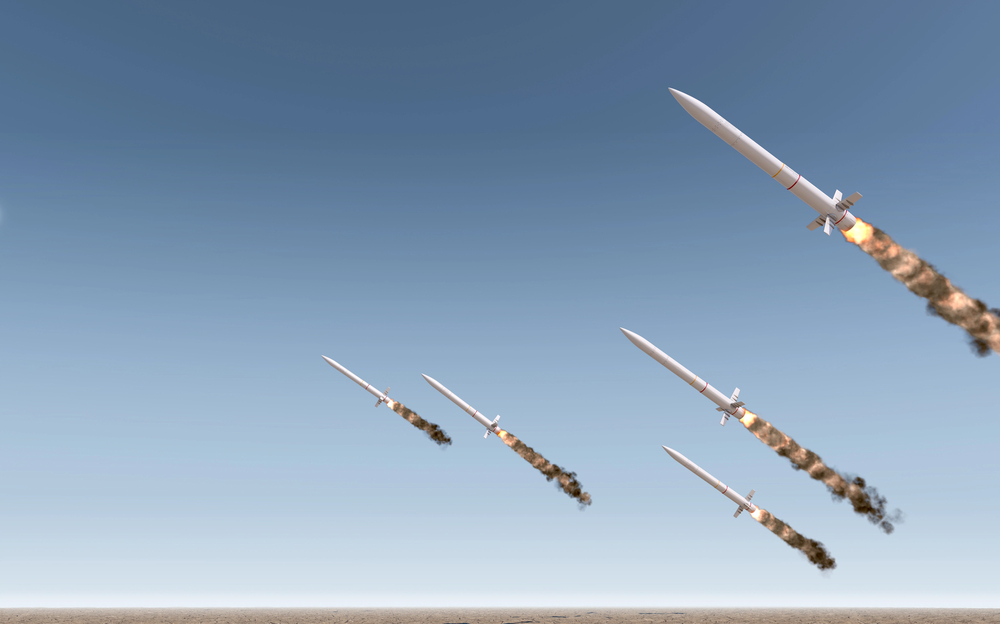
4. The Missile Strike That Escalated the Mission
On September 2, American forces carried out a missile attack that sank a ship the administration alleged was controlled by the Venezuelan gang Tren de Aragua, which resulted in 11 deaths. Secretary of State Marco Rubio threatened that such attacks “will happen again.”
The strike is an unusual application of U.S. direct military force against suspected traffickers, moving from interdiction to eradication. Yet, experts comment on the absence of evidence that has been put forward in public and wonder if the crew aboard the boat were high-level traffickers or low-level operatives, questioning proportionality and legality.
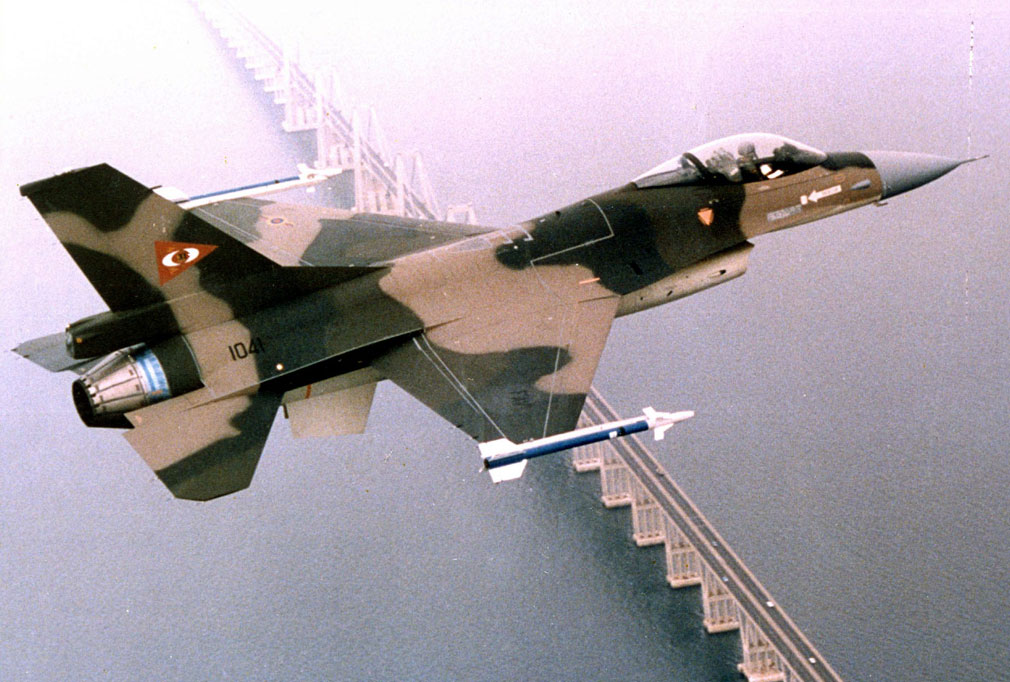
5. Venezuelan Military Provocations at Sea
A day prior to the confirmation of F-35 deployment, two Venezuelan F-16 jets flew close to the USS Jason Dunham in international waters. A US official called the stunt highly provocative, and clearly a show of force.
Caracas has increased coastal patrols, deployed drones, and positioned warships in response to the U.S. buildup. President Nicolás Maduro has labeled the deployment “an extravagant, unjustifiable, immoral and absolutely criminal and bloody threat,” while ordering millions of militia members to prepare for defense.

6. Legal and Political Questions Over Use of Force
The government has not revealed the legal rationale for the missile attack, although there have been reports of a still-classified presidential memo giving the go-ahead for military action against targeted narco-terrorist organizations. International law typically disfavors targeting noncombatants, and critics maintain that drug dealers, as vicious as they may be, do not represent the same immediate threat as armed insurgents.
Domestically, circumventing Congressional approval for deadly action against such groups would open the door to greater executive war powers, a step criticized by legal experts and former national security leaders.

7. Strategic Risks and Prospect for Escalation
Experts caution that the combination of lethal strikes, advanced fighter deployments, and close encounters with Venezuelan troops heightens the risk of miscalculation. A mis-targeting or an accidental confrontation at sea or in the air could lead to a larger conflict.
As Juan González, former senior director for the Western Hemisphere at the National Security Council, warned, “I fear more and more that the Trump administration might blunder into an intervention scenario in Venezuela, which would be frankly disastrous.” The current stance provides both deterrence and peril, with stability in the region on the line.
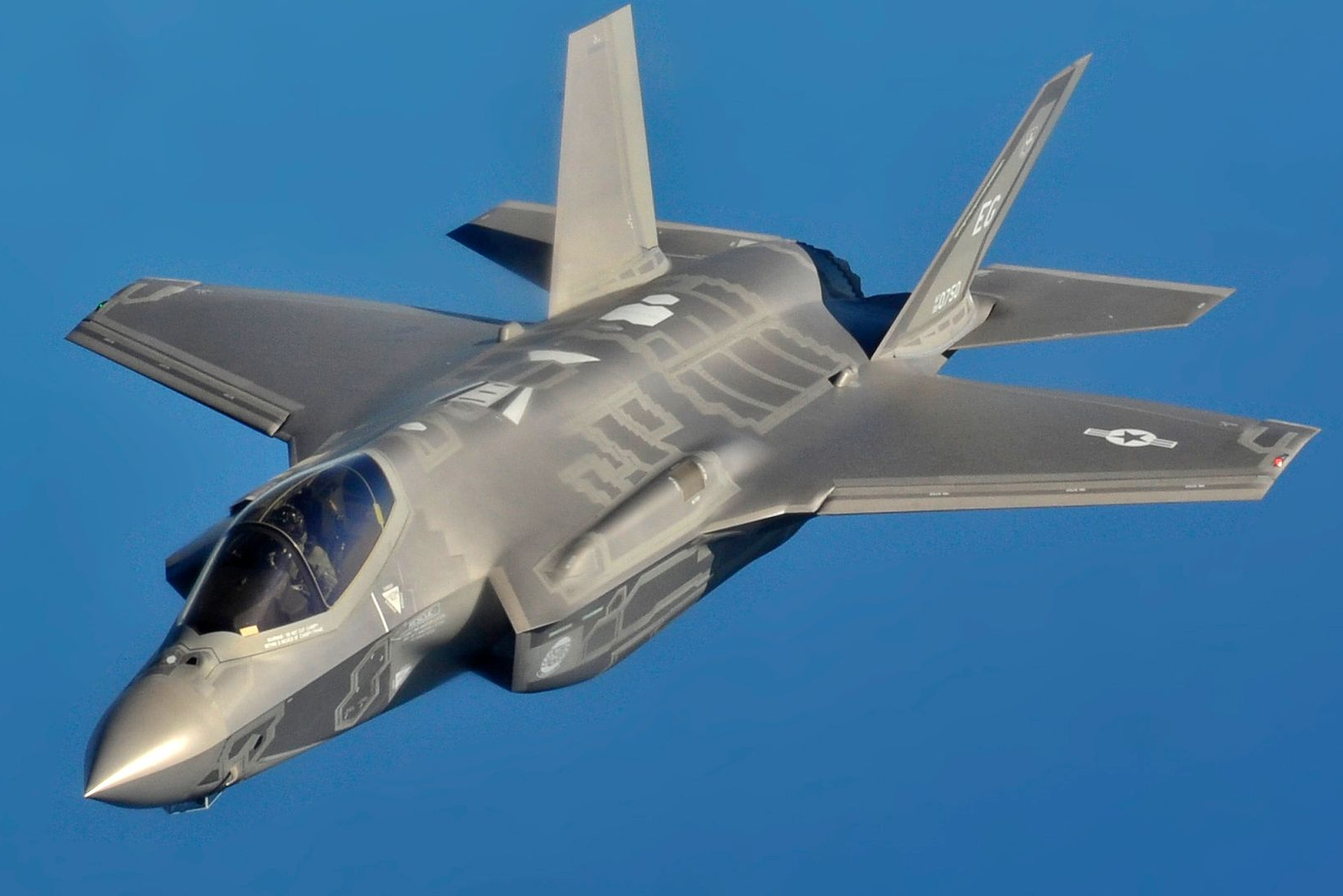
The sending of F-35s to Puerto Rico is more than a tactical maneuver in a counter-narcotics campaign; it is a deliberate signal in a high-stakes game of geopolitics. With capable airpower, a capable naval presence, and amphibious forces at hand, the United States has positioned itself for speedy action. But the same capacities that threaten strength also increase the likelihood of confrontation, and the next few weeks are therefore decisive on whether this build-up is going to result in deterrence or build-up.
